The Oxford Handbook of Arab Novelistic Traditions
The Oxford Handbook of Arab Novelistic Traditions is the most comprehensive treatment of the subject to date. In scope, the book encompasses the genesis of the Arabic novel in the second half of the nineteenth century and its development to the present in every Arabic-speaking country and in Arab immigrant destinations on six continents. Editor Waïl S. Hassan and his contributors describe a novelistic phenomenon which has pre-modern roots, stretching centuries back within the Arabic cultural tradition, and branching outward geographically and linguistically to every Arab country and to Arab writing in many languages around the world.
The first of three innovative dimensions of this Handbook consists of examining the ways in which the Arabic novel emerged out of a syncretic merger between Arabic and European forms and techniques, rather than being a simple importation of the latter and rejection of the former, as early critics of the Arabic novel claimed. The second involves mapping the novel geographically as it took root in every Arab country, developing into often distinct though overlapping and interconnected local traditions. Finally, the Handbook concerns the multilingual character of the novel in the Arab world and by Arab immigrants and their descendants around the world, both in Arabic and in at least a dozen other languages. The Oxford Handbook of Arab Novelistic Traditions reflects the current status of research in the broad field of Arab novelistic traditions and signals toward new directions of inquiry.
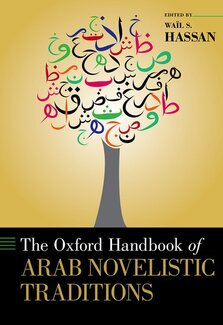
The Global 1960s: Convention, Contest and Counterculture
The Global 1960s presents compelling narratives from around the world in order to de-center the roles played by the United States and Europe in both scholarship on, and popular memories of, the sixties.Geographically and chronologically broad, this volume scrutinizes the concept of "the sixties" as defined in both Western and non-Western contexts. It provides scope for a set of analyses that together span the late 1950s to the early 1970s. Written by a diverse and international group of contributors, chapters address topics ranging from the socialist scramble for Africa, to the Naxalite movement in West Bengal, the Troubles in Northern Ireland, global media coverage of Israel, Cold War politics in Hong Kong cinema, sexual revolution in France, and cultural imperialism in Latin America.The Global 1960s explores the contest between convention and counter-culture that shaped this iconic decade, emphasizing that while the sixties are well-known for liberation, activism, and protest against the establishment, traditional hierarchies and social norms remained remarkably entrenched. Multi-faceted and transnational in approach, this book is valuable reading for all students and scholars of twentieth-century global history.
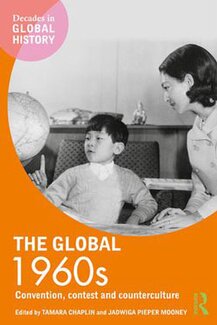
The Norton Anthology of Western Philosophy: After Kant, Volume I: The Interpretive Tradition
The Norton Anthology of Western Philosophy: After Kant provides a comprehensive introduction to the predominantly European (“Continental”) interpretive tradition of philosophy after Kant in one volume, and to the now predominantly Anglo-American analytic tradition in the other. It features the extensive editorial apparatus for which Norton Anthologies have been known and trusted by professors and students alike for more than 50 years. Ideal for courses at all levels in the history of philosophy after Kant, these volumes belong on every philosopher’s (and philosophy student’s) bookshelf.
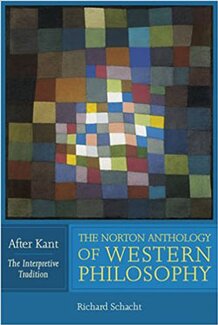
The Russian Revolution, 1905-1921
The Russian Revolution, 1905-1921 is a new history of Russia's revolutionary era as a story of experience-of people making sense of history as it unfolded in their own lives and as they took part in making history themselves. The major events, trends, and explanations, reaching from Bloody Sunday in 1905 to the final shots of the civil war in 1921, are viewed through the doubled perspective of the professional historian looking backward and the contemporary journalist reporting and interpreting history as it happened. The volume then turns toward particular places and people: city streets, peasant villages, the margins of empire (Central Asia, Ukraine, the Jewish Pale), women and men, workers and intellectuals, artists and activists, utopian visionaries, and discontents of all kinds. We spend time with the famous (Vladimir Lenin, Lev Trotsky, Alexandra Kollontai, Vladimir Mayakovsky, Isaac Babel) and with those whose names we don't even know. Key themes include difference and inequality (social, economic, gendered, ethnic), power and resistance, violence, and ideas about justice and freedom. Written especially for students and general readers, this history relies extensively on contemporary texts and voices in order to bring the past and its meanings to life. This is a history about dramatic and uncertain times and especially about the interpretations, values, emotions, desires, and disappointments that made history matter to those who lived it
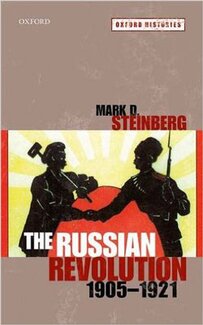
Poems Against the Empire
Poetry stands against any empire! The pen is always mightier than the sword! The author has spent the past five decades learning, lecturing, writing, and lawyering against the American Empire as well as against foreign empires. Set forth in this book are his poetic reflections on these experiences fighting for peace, justice, human rights and international law. The author’s hope is that these poems might inspire the reader to do the same. You can do it too!

NOVEL: "Worlding Realisms" (2016)

Fashioning Lives: Black Queers and the Politics of Literacy
Fashioning Lives: Black Queers and the Politics of Literacy analyzes the life stories of sixty Black lesbian, gay, bisexual, transgender, and queer (LGBTQ) people along with archival documents, literature, and film. Author Eric Darnell Pritchard provides a theoretical framework for studying the literacy work of Black LGBTQ people, who do not fit into the traditional categories imposed on their language practices and identities. Examining the myriad ways literacy is used to inflict harm, Pritchard discusses how these harmful events prompt Black LGBTQ people to ensure their own survival by repurposing literacy through literacy performances fueled by accountability to self and communal love towards social and political change, a process the author calls “restorative literacies.” Pritchard highlights restorative literacies in literacy institutions (e.g., libraries, schools), historical records repositories, religious and spiritual spaces, parties, community events, activist organizations, and digital spheres. This trailblazing study draws connections between race and queerness in literacy, composition, and rhetoric and provides the basis for a sustainable dialogue on their intersections in the discipline.
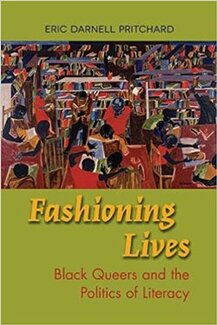
Forgotten Dreams: Revisiting Romanticism in the Cinema of Werner Herzog
Werner Herzog (b. 1942) is perhaps the most famous living German filmmaker, but his films have never been read in the context of German cultural history. And while there is a surfeit of film reviews, interviews, and scholarly articles on Herzog and his work, there are very few books devoted to his films, and none addressing his entire career to date. Until now.
Forgotten Dreams offers not only an analytical study of Herzog's films but also a new reading of Romanticism's impact beyond the nineteenth century. It argues that his films re-envision and help us better understand a critical stream in Romanticism, and places the films in conversation with other filmmakers, authors, and philosophers in order to illuminate that critical stream. The result is a lively reconnection with Romantic themes and convictions that have been partly forgotten in the midst of Germany's postwar rejection of much of Romantic thought, yet are still operative in German culture today. The film analyses will interest scholars of film, German Studies, and Romanticism as well as a broader public interested in Herzog's films and contemporary German cultural debates. The book will also appeal to those interested in the ongoing renegotiation - by Western and other cultures - of relationships between reason and passion, civilization and wild nature, knowledge and belief.
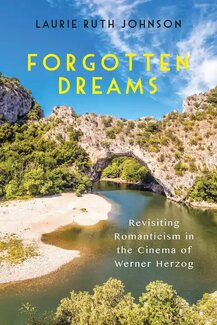
The Rhetoric of Hindu India: Language and Urban Nationalism
This book examines the late twentieth-century rise of the urban, right-wing Hindu nationalist ideology known as metropolitan Hindutva. This ideology, the book assesses, aspires to be a pan-Indian, urban form that is home to the emerging, digitally enabled, technocratic middle classes of the nation. Through close analyses of the writings of a range of self-styled public intellectuals, from Arun Shourie and Swapan Dasgupta to Chetan Bhagat and Amish Tripathi, this book maps this new avatar of Hindutva. Finally, in analyzing the language of metropolitan Hindutva, it arrives at an emerging idea of India as part of what Amitav Ghosh has called a contemporary Anglophone empire. This is the first extended scholarly effort to theorize a politics of language in relation to the dangers of such an imperializing Hindutva.
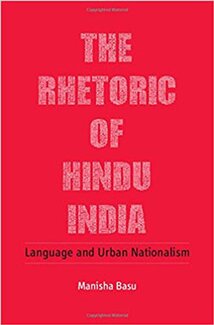
What Is a Public Education and Why We Need It: A Philosophical Inquiry into Self-Development, Cultural Commitment, and Public Engagement
The unique mission of a public education is to reproduce a civic public. For the most part this will not happen in a vacuum and requires specific institutions—the most prominent of which are the publicschools. Publicly supported schools have other functions as well. They socialize; train, produce a workforce and, hopefully, promote individual growth and autonomy. True, all of these functions may be carried on by private or religious schools as well. However, public schools should have the additional responsibility of reproducing a civic public for a diverse pluralistic society. The problem is that in the context of neoliberal ideology, where all the other educational functions are reduced to economic ones within a market context where competition (nation to nation, state to state, community to community, school to school, teacher to teacher, student to student) rules, the public function becomes less and less central and more and more difficult to carry out. This book suggests ways to change this by bring to idea of a true public education back into focus.
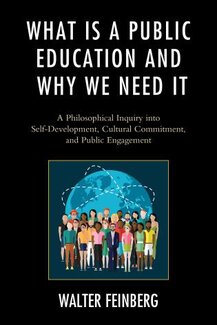
100 English Building
608 South Wright Street
Urbana, Illinois 61801